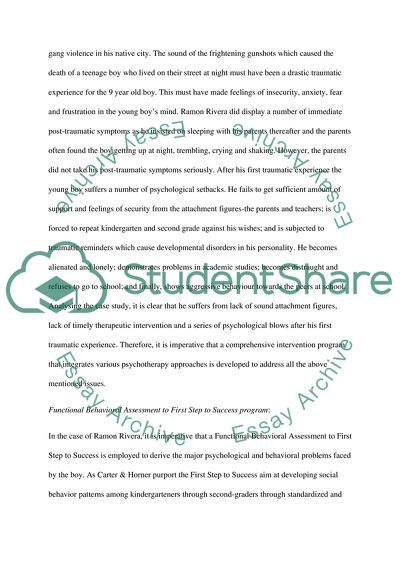Cite this document
(“Social Work Practice with Children in Schools and Therapeutic Settings Essay”, n.d.)
Social Work Practice with Children in Schools and Therapeutic Settings Essay. Retrieved from https://studentshare.org/medical-science/1572930-social-work-practice-with-children-in-schools-and-therapeutic-settings
Social Work Practice with Children in Schools and Therapeutic Settings Essay. Retrieved from https://studentshare.org/medical-science/1572930-social-work-practice-with-children-in-schools-and-therapeutic-settings
(Social Work Practice With Children in Schools and Therapeutic Settings Essay)
Social Work Practice With Children in Schools and Therapeutic Settings Essay. https://studentshare.org/medical-science/1572930-social-work-practice-with-children-in-schools-and-therapeutic-settings.
Social Work Practice With Children in Schools and Therapeutic Settings Essay. https://studentshare.org/medical-science/1572930-social-work-practice-with-children-in-schools-and-therapeutic-settings.
“Social Work Practice With Children in Schools and Therapeutic Settings Essay”, n.d. https://studentshare.org/medical-science/1572930-social-work-practice-with-children-in-schools-and-therapeutic-settings.


